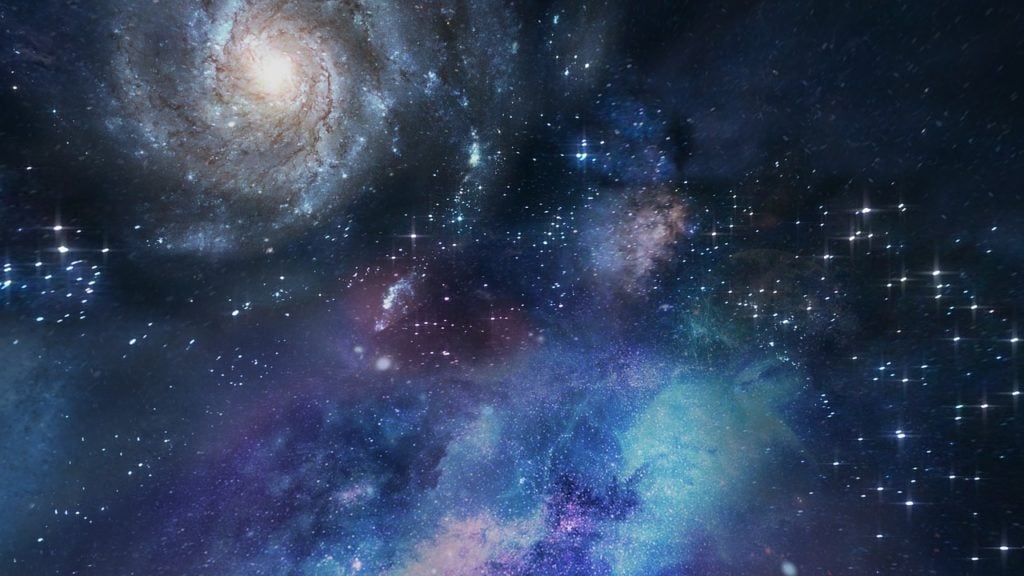You’re not likely to witness a supernova in your lifetime unless you have access to the Kepler Space Telescope as scientists have essentially ruled out any star close enough to Earth in danger of exploding. Supernovas get a bit of a bad rap, they just sound violent and dangerous, but really, they are the source of life itself.
Supernova dust deposits responsible for life?
While I still don’t know what the hell Oasis was going on about with their “Champagne Supernova,” I do know one or two things about supernovas in general. One being the fact that they are the “mothers” of life.
After scientists wrote about “witnessing” the first shock breakouts as stars went all supernovae two weeks ago following their analysis of data from the Kepler Space Telescope, the researchers explained the importance of supernovae.
“All heavy elements in the universe come from supernova explosions. For example, all the silver, nickel, and copper in the Earth and even in our bodies came from the explosive death throes of stars,” said Steve Howell, project scientist for NASA’s Kepler and K2 missions.
“Life exists because of supernovae,” he continued.
Now, two weeks after the publication of Mr. Howell’s paper, there are two more studies in this week’s Nature that present evidence that a star went supernova not far from Earth depositing its load on the surface of our planet in the form of dust.
This explosion, the researchers believe, could explain the presence of iron-60 in ocean core samples, given that you need a supernova to produce it?
Researchers have known of its presence in the Earth’s crust for sometime but what the hell is it doing there?
Oceans aren’t supposed to be storing space iron
While the Earth has every right to have it’s own iron-60, but since the planet is over four billion years old, and iron-60 has has a half-life of 2.6 million years. Earth’s iron-60 must have come from a supernova? Sounds likely, there are iron-60 deposits the crust of the Earth beneath the Indian, Pacific and Atlantic oceans, and that begs questions.
“We cover basically all of the major oceans, and demonstrate that by finding iron-60 in all those samples that the signal must be global,” Anton Wallner, an astronomer at Australian National University, co-author of one of the papers said in a Nature podcast this week.
“It must come from a source therefore which is outside of the solar system and the most likely source for iron-60 is massive stars.”
But from where?
The half-life of iron-60 and its presence on Earth answers the what and when, Supernovae answers the how and why, so the scientists turned themselves to the where.
In popped the team from the other study that appeared in Nature this week to answer that one, and they two think they have something to say/prove.
Dieter Breitschwerdt, an astronomer at Berlin Institute of Technology in Germany and co-author of the second study believes that he and his team may have found a cluster of stars that were passing through when one or more exploded sending the iron-60 our way.
“We find, which is very nice, that we get a peak of enhancement of iron-60 at around 2.2 million years ago,” he told Mashable following the publication of their research.
The study suggests that if they’re right, the supernova or supernovae were likely about 300 light-years away when the explosion(s) occurred.












